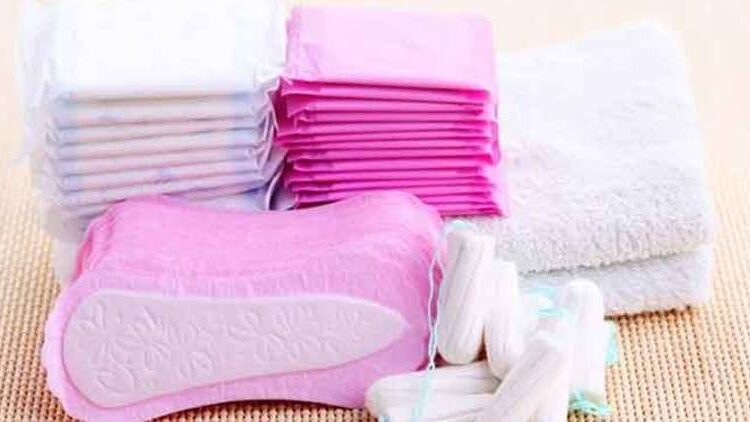
The 88-page manual lists the rules and guidelines which schools have to follow to ensure safety of children in each category – divided into categories such as infrastructure, health and hygiene, psycho-social aspects, roles and responsibilities of teachers, child safety checklist for schools among others.
The National Commission for Protection of Child Rights (NCPCR) has released a manual titled ‘Safety and Security of Children in Schools’, a compilation of laws, Acts, guidelines and rules available in India, to ensure children’s safety in schools. It also deals with how teachers have to deal with girls when they start menstruating and that the girls should be provided all possible support.
Recently, some girls at a government school in Fazilka were allegedly forced to strip by two teachers after a sanitary pad was found dumped in a toilet. The manual, under the topic ‘Behavior Change Activities’, says, “Girls must be taught menstrual hygiene management by women teachers in a sensitive and supportive manner also also take steps to encourage and support girls during menstruation so they do not miss school.”
The manual also directs schools to provide facilities such as sanitary pads and incinerators for proper disposal of sanitary napkins during menstruation. It says, “Other steps include stockpiling extra sanitary pads and clothes (such as school uniforms) for emergencies, along with enhanced training programme for teachers.”
 Schools should also be equipped with other facilities such as private space for girls and disposal facilities. The manual states, “Menstrual hygiene management facilities include soap, adequate and private space for changing, adequate water for cloth washing and disposal facility for menstrual waste, including incinerators or dustbins must be provided by schools.” It adds, “Hygiene messages may be integrated into the textbook curriculum or maybe imparted through supplementary reading material, activity-based learning methodologies or even during morning assembly sessions.”
Schools should also be equipped with other facilities such as private space for girls and disposal facilities. The manual states, “Menstrual hygiene management facilities include soap, adequate and private space for changing, adequate water for cloth washing and disposal facility for menstrual waste, including incinerators or dustbins must be provided by schools.” It adds, “Hygiene messages may be integrated into the textbook curriculum or maybe imparted through supplementary reading material, activity-based learning methodologies or even during morning assembly sessions.”
The 88-page manual lists the rules and guidelines which schools have to follow to ensure safety of children in each category – divided into categories such as infrastructure, health and hygiene, psycho-social aspects, roles and responsibilities of teachers, child safety checklist for schools among others. The manual has to be followed by all government, private and other schools across the country.
Speaking to The Indian Express over phone from Delhi, Madhulika Sharma, technical expert, NCPCR, said, “The manual has been prepared as a handbook so that schools can access all rules and laws that have to be followed for safety of children in schools. We have tried to cover all aspects related to child safety in this manual. It has to be followed by all government, private and other schools across the country and has been sent to all states.”
Many government and private schools in Punjab are still without incinerators. The promise to provide free of cost sanitary napkins to all girls in government schools of Punjab has remained unfulfilled for two consecutive financial years till now- by SAD-BJP government in 2016-17 and then the Congress government in 2017-18.
source: The Indian Express
